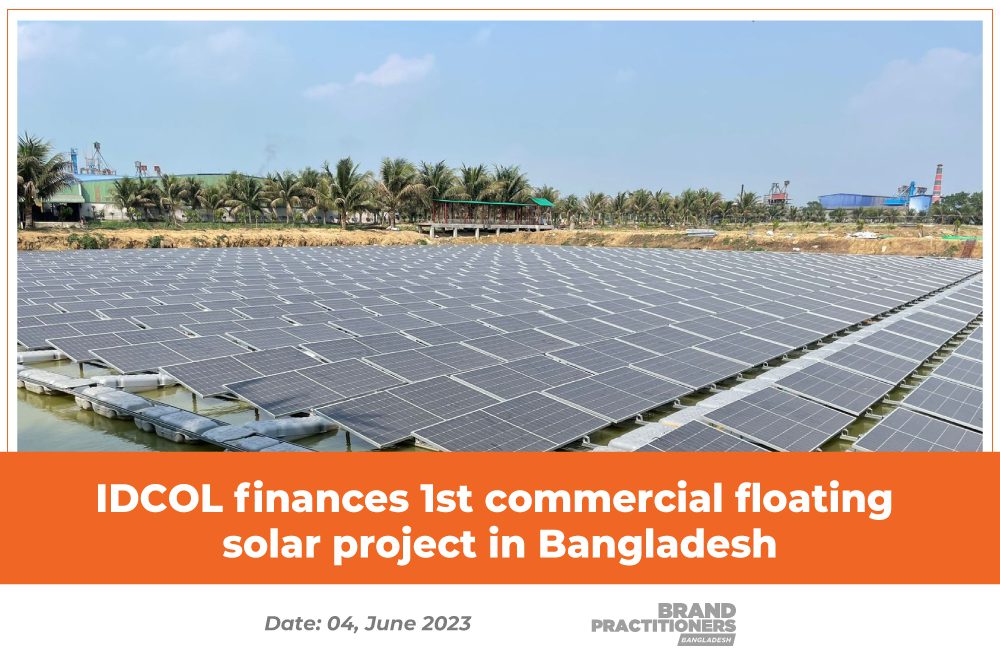This project is the first large-scale grid-connected floating solar PV system in Bangladesh
As a major step towards expanding the country’s solar energy intervention, IDCOL has financed a commercial floating solar project with a capacity of 784 kWp which utilizes unused space of an artificial water body, previously used for fish farming only.
This project is the first large-scale grid-connected floating solar PV system in Bangladesh, reads a press release.
IDCOL has provided concessionary financing for this project along with technical assistance.
Commercial floating solar is a unique project similar to other exemplary solar initiatives taken by IDCOL.
The project seeks to address the challenges posed by land scarcity while diversifying the energy mix of industrial sectors and accelerating its decarbonization.
Floating solar panels will help to reduce water evaporation, thus facilitating water conservation. The existence of water underneath the panels also reduces PV panel temperature, resulting in an increase in electricity generation by 6-10%.
Despite its enormous potential, previously, only a pilot case of a 10-kW floating solar PV was installed on a pond in the municipality of Mongla, Bagerhat district.
The floating solar project is located on the water surface of a pond situated on the premises of Nawab Auto Rice and Feed Mills in Chapai Nawabganj.
The pond has an area of 22,000 sq. meter. This project is a classic example of the Food-Energy nexus, wherein electricity is co-generated alongside fish farming.
The project consists of numerous solar panels mounted on specially designed floating platforms.
These panels will generate clean electricity without hampering fish production.
The clean energy produced will contribute to the country’s efforts in meeting its sustainable development goals and combating climate change.
Bangladesh, being a riverine country has immense prospects for the floating solar project. This project in Bangladesh sets a precedent for pressing issues such as land scarcity and clean energy.
Its successful implementation could inspire similar initiatives fostering the growth of floating solar technology and accelerating the country’s transition toward renewable energy sources.












